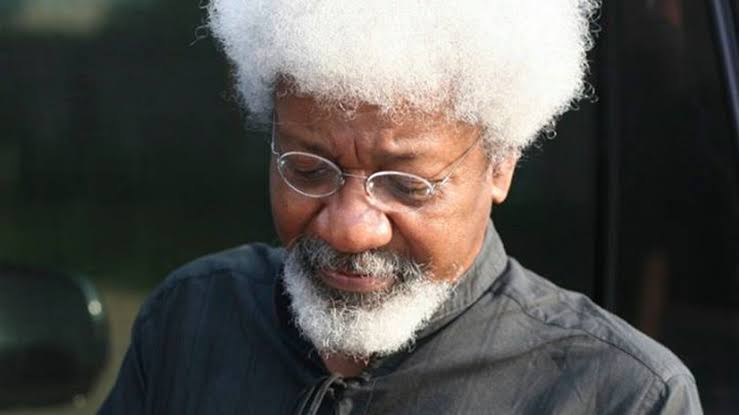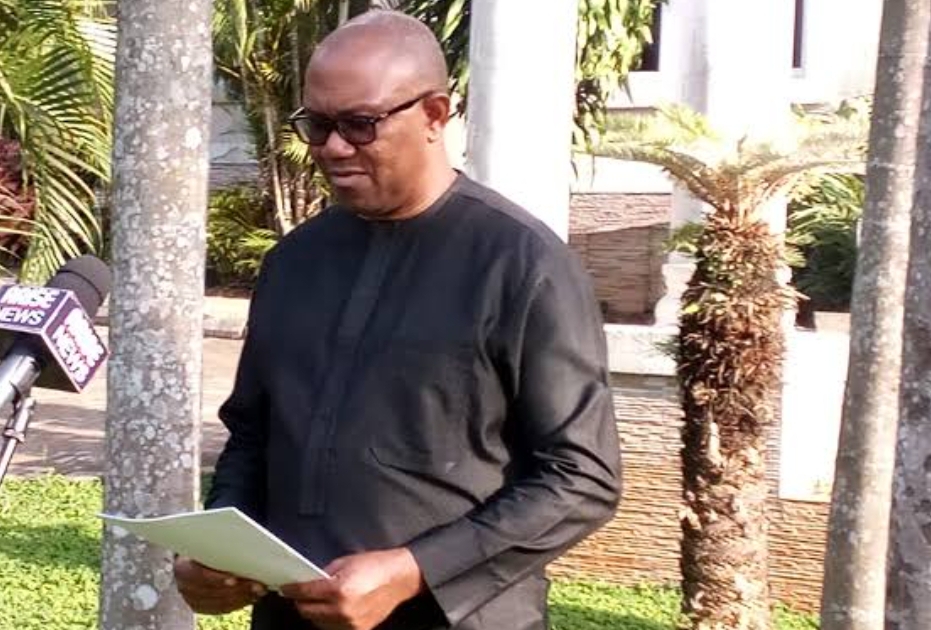What You Should Know About Two Men In ₦1000 Nigeria Note
We often wonder why there are portraits of people in the Nigerian notes, even those we are familiar with and those we aren’t.
Well, those people who had contributed greatly to the growth and development of the nation have their portraits on their currency. People such as Herbert Macaulay, Chief Obafemi Awolowo, Dr Nnamdi Azikiwe and so many others.
The highest denomination at present is the #1000 note and it features two faces which you might have never heard of, Mallam Aliyu Mai-Bornu and Dr. Clement Isong and this one thousand naira note was brought into circulation on October 12, 2005, by the Central Bank of Nigeria (CBN).
At the back of the note is the picture of CBN’s corporate Head Office in Abuja, Federal Capital Territory of Nigeria. As of 20 June 2016, the naira was allowed to float, after being marked at 197 to one US dollar for several months.
On the 1000 naira notes, there is a dim but shiny strip running down the back of the note. It is a gold colour showing 1000 naira. Did you also know that the triangular shape in the middle of the front of the note changes its colour from green to blue when tilted?
On the #1000 note, the portrait of Mallam Aliyu Mai-Bornu comes before that of Clement Isong as the former also preceded the later as the Governor of the Central Bank of Nigeria.
Mai-Bornu started his career at the Central Bank of Nigeria when it started operations in 1959. He was an assistant secretary at first before he then became deputy secretary and then secretary. In 1962, he became the first Nigerian to be appointed deputy CBN governor. He was then appointed the first indigenous governor of the Central Bank of Nigeria in 1963.
Because of all his achievements and success, his portrait was then inscribed into the Nigerian #1000 note.
Clement Nyong Isong succeeded Mallam Aliyu Mai-Bornu as the governor of the Central Bank of Nigeria (1967-1975). He was appointed the governor of CBN by the then military ruler General Yakubu Gowon in August 1967.
In 1982, he was honored with Nigeria’s national honor of Commander of the Federal Republic of Nigeria (CFR) as a result of his contribution to the growth and development of Nigeria and his career earned him a spot together with Alhaji Aliyu Mai-Bornu on the #1000 note.
Chukwuma Soludo who was the then Governor of Central Bank spoke on some distinguishing features of the N1000 note, such as the security features which are sensed by touch, and others which are visible to the naked eye.
On 28th February, 2007, as part of the economic reforms, ₦20 was issued for the first time in polymer substrate, while the ₦50, ₦10 and ₦5 banknotes; as well as ₦1 and 50K coins were reissued in new designs, and the ₦2 coin was introduced.
On 30th September, 2009 the redesigned ₦50, ₦10 and ₦5 banknotes were converted to polymer designs following the successful performance of the ₦20 (polymer) banknote. Which is why all lower denomination banknotes were now printed in the polymer substrate but the higher notes were not. Though the polymer notes are more expensive to produce.




0 Comments